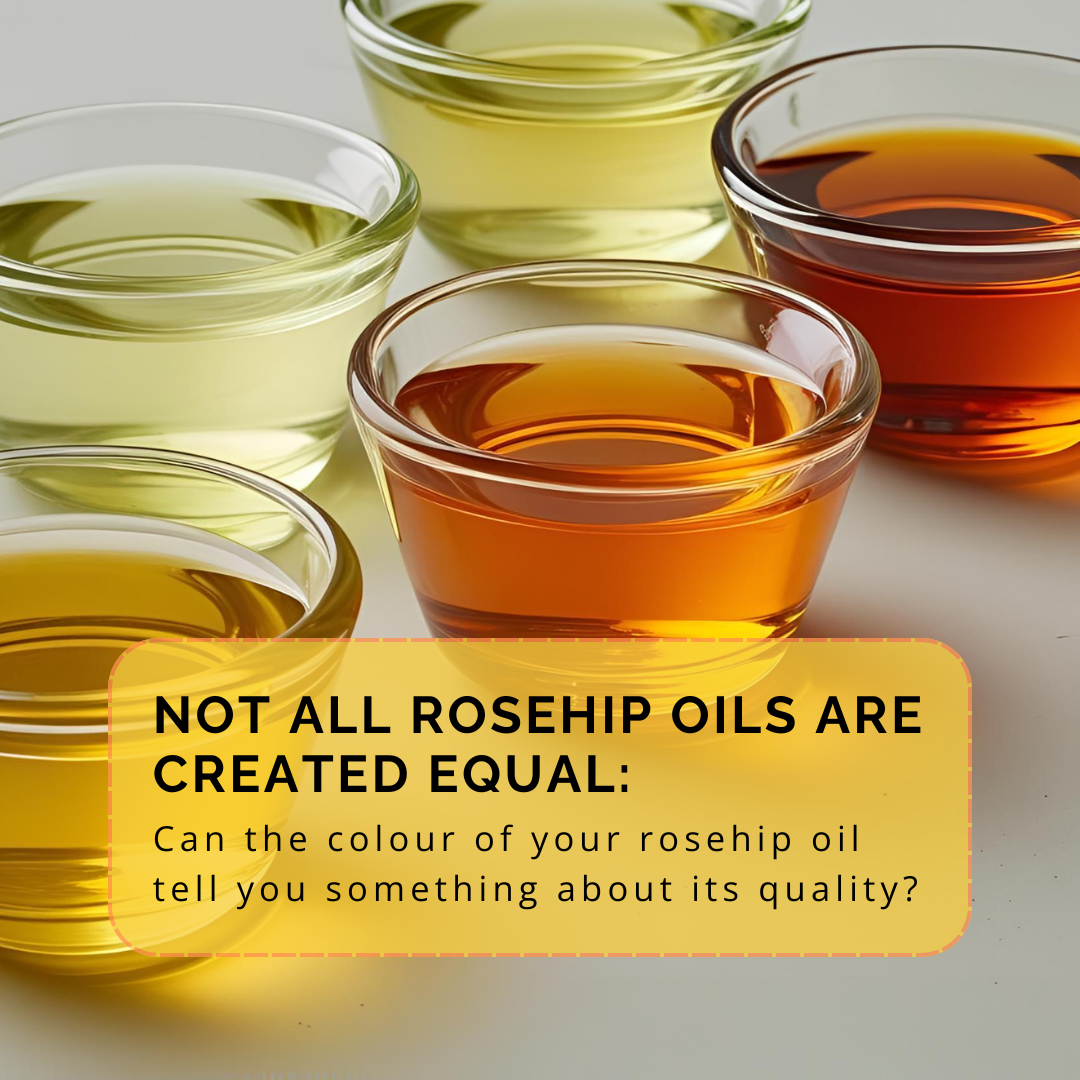
Not All Rosehip Oils Are Created Equal: Can the colour of your rosehip oil tell you something about its quality?
Share
Not All Rosehip Oils Are Created Equal: Here's the Science Behind Why
Can the colour of your rosehip oil tell you something about its quality? Absolutely. And it goes deeper than just what you see.
Rosehip oil is one of the most scientifically supported natural skincare ingredients, rich in bioactive compounds that help support skin regeneration, elasticity and barrier function. But what many people don’t realise is that the effectiveness of rosehip oil can vary dramatically depending on how it's sourced, extracted and processed.
What Is Rosehip Oil?
Rosehip oil is extracted from the seeds of the fruit (hip) of various wild rose species, most notably Rosa canina and Rosa rubiginosa. Unlike rose essential oil, which is steam distilled from rose petals, rosehip oil is a cold-pressed oil, rich in lipophilic nutrients.
Its composition includes:
- Essential fatty acids: Mainly linoleic acid (omega-6) and α-linolenic acid (omega-3), which are critical for skin barrier repair and anti-inflammatory effects.
- Trans-retinoic acid (a vitamin A derivative): Known for stimulating collagen production and encouraging skin cell turnover.
- Tocopherols (vitamin E): Powerful antioxidants that help protect lipids in the skin from oxidation.
- Beta-carotene and lycopene: Carotenoids responsible for the oil’s rich orange hue, which act as free radical scavengers.
But here's the thing: these compounds are sensitive. They degrade with heat, light, and chemical exposure. So how your oil is produced matters.
Extraction Method: Cold Pressed vs Refined
Cold pressing involves mechanically pressing the seeds at low temperatures, without solvents or heat. This gentle extraction helps preserve delicate antioxidants, vitamins and fatty acids. The resulting oil has a deeper colour, a distinctive earthy aroma and a thicker, nutrient-dense consistency.
Refined rosehip oils, by contrast, are often deodorised, bleached or processed to extend shelf life or improve texture. This can remove beta-carotene, retinoids and even alter the lipid profile, making the oil less beneficial for the skin. Refining typically strips the oil of its natural pigment, scent and, unfortunately, much of its potency.
Colour: What It Really Means
The colour of rosehip oil can range from pale yellow to deep orange or reddish amber. This variation is more than cosmetic, it reflects the presence of natural phytonutrients:
- Pale yellow often signals a highly refined or oxidised oil, with low levels of beta-carotene and lycopene.
- Golden to deep orange indicates a fresher, cold-pressed, unrefined oil, rich in carotenoids and retinoids.
- Cloudiness or separation can occur in unfiltered oils, which isn’t always a bad thing, but requires careful storage and use.
A darker oil doesn’t just look better, it is more likely to deliver visible results.
Why Organic Certification Actually Matters
Rosehips are often wild-harvested from roadsides or unregulated farmland. Without organic certification, there is no assurance that your oil is free from pesticide residues, herbicides or contamination from heavy metals and petrochemical solvents.
COSMOS Organic certification by the Soil Association guarantees:
- The seeds were grown and harvested sustainably without harmful inputs
- No solvents, preservatives or synthetic chemicals were used during extraction
- Every step, from soil to skin, has been independently verified for transparency and integrity
In a market full of misleading ‘natural’ and ‘organic’ claims, this kind of certification is your best assurance of quality.
How to Use Rosehip Oil for Best Results
Rosehip oil is non-comedogenic and suitable for most skin types. Because it is rich in polyunsaturated fatty acids, it is best used fresh and stored away from direct sunlight and heat.
To use:
- Apply 2–4 drops onto damp, cleansed skin
- Massage gently morning and evening
- Layer under or over your moisturiser, or mix a drop into your cream for added nourishment
Due to its active vitamin A content, rosehip oil can mildly increase sun sensitivity, so always follow with SPF during the day. It does not replace sun protection.
As with any botanical oil, patch testing is recommended, particularly for those who are pregnant, breastfeeding or have very sensitive or reactive skin.
Summary: What to Look For in a High-Quality Rosehip Oil
If you want real results from your rosehip oil, look for:
- A deep golden to orange colour
- A slightly earthy, natural scent (not odourless)
- A cold-pressed, unrefined extraction method
- Certified organic status (ideally COSMOS Organic)
- Packaging in dark glass bottles to protect from UV degradation
That’s exactly what you get with the Obvs Skincare Organic Rosehip Oil, made from high-altitude wild rosehips, cold pressed and Soil Association COSMOS certified.
No fillers, no synthetic fragrances, no greenwashing. Just pure, potent nourishment for your skin.
References
Lin, T. K., Zhong, L., & Santiago, J. L. (2018). Anti-inflammatory and skin barrier repair effects of topical application of some plant oils. International Journal of Molecular Sciences, 19(1), 70.
Saija, A., Tomaino, A., Trombetta, D., et al. (2000). In vitro and in vivo evaluation of rosehip seed oil antioxidant activity. Journal of Agricultural and Food Chemistry, 48(2), 473–477.
Soil Association. COSMOS Organic Certification Standards. https://www.soilassociation.org/certification/beauty-wellbeing/
Fuchs, S. M., Schliemann, S., & Elsner, P. (2005). Protective effects of topical application of natural oils on the skin barrier. Skin Pharmacology and Physiology, 18(6), 226–234.
Grand View Research. (2022). Rosehip Oil Market Size, Share and Trends.


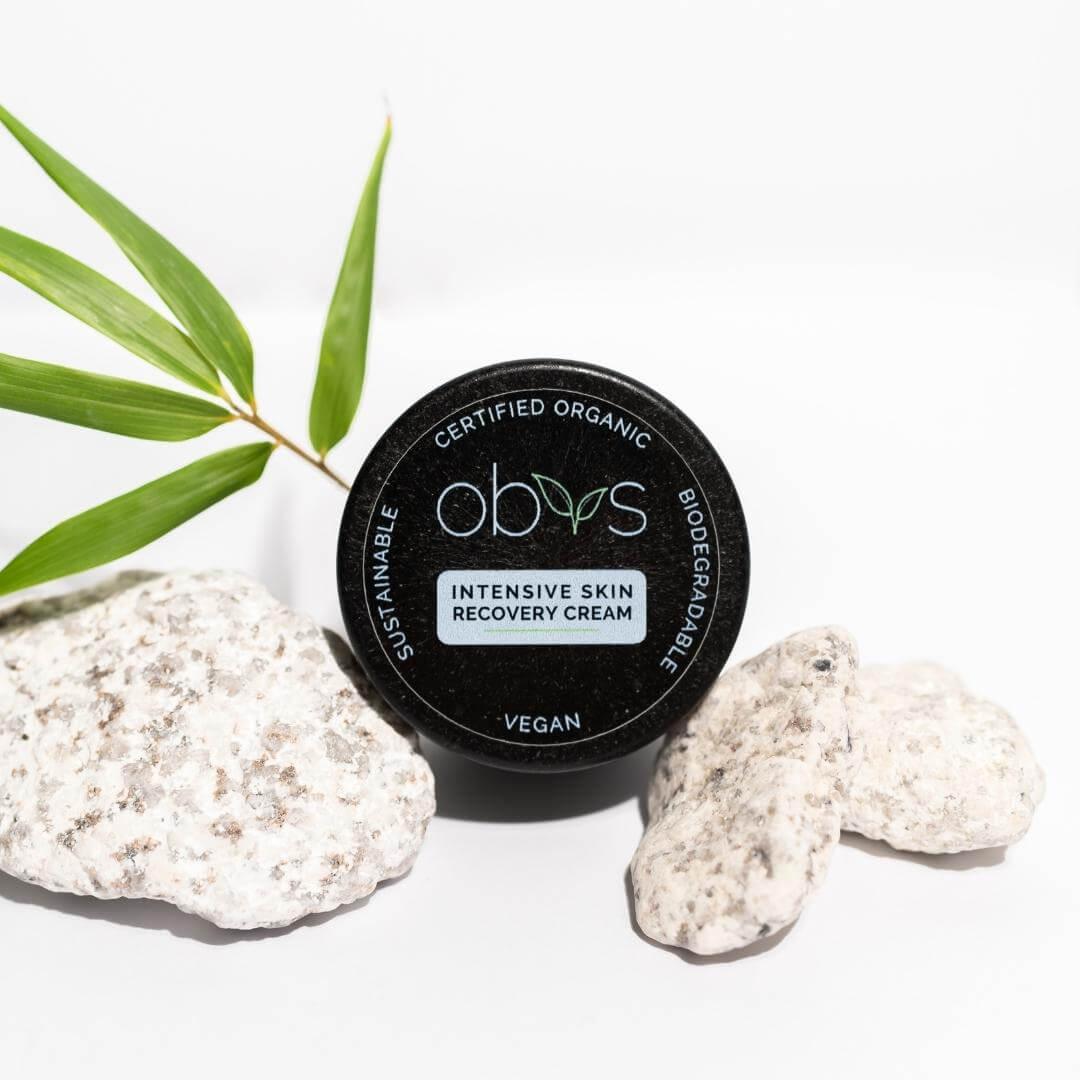
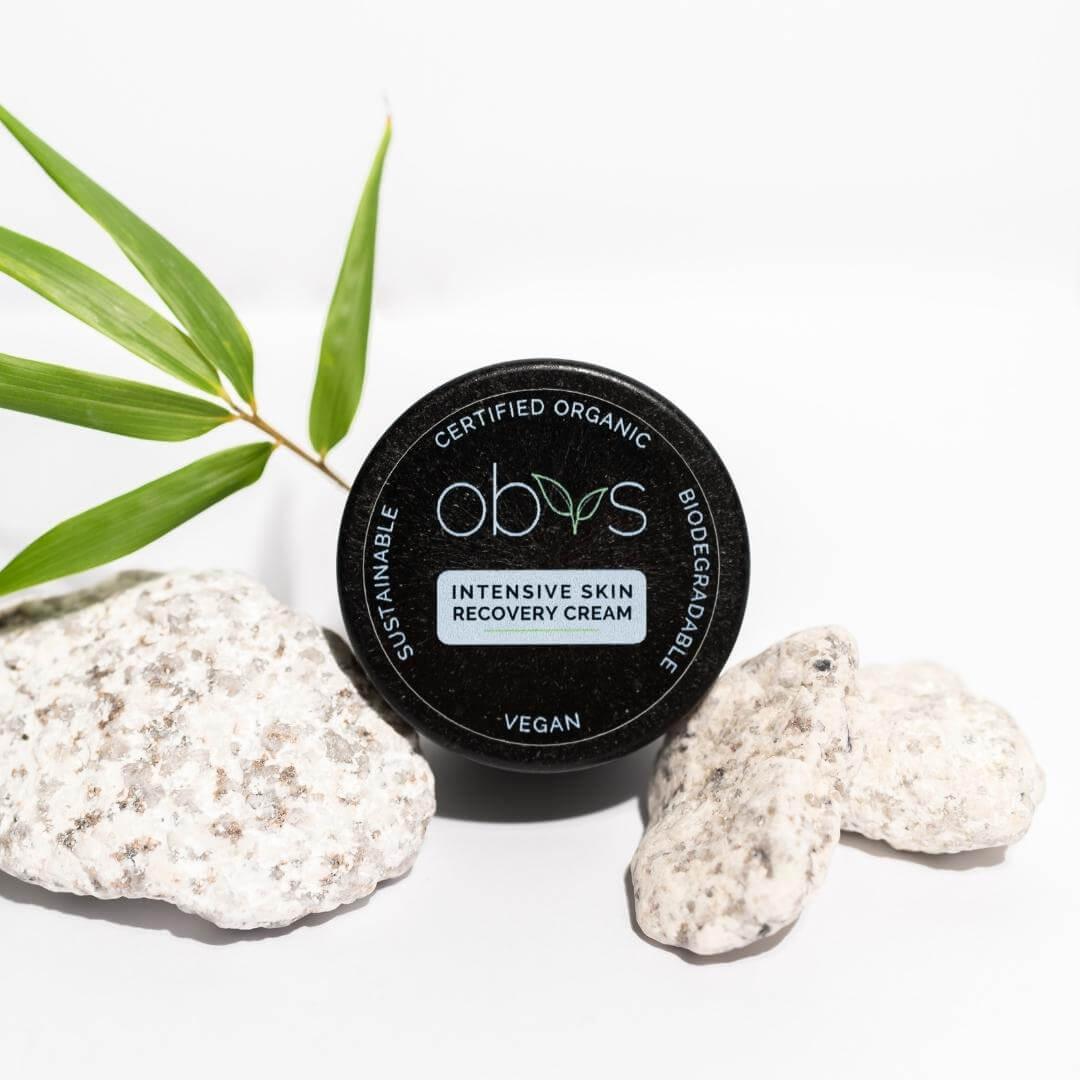

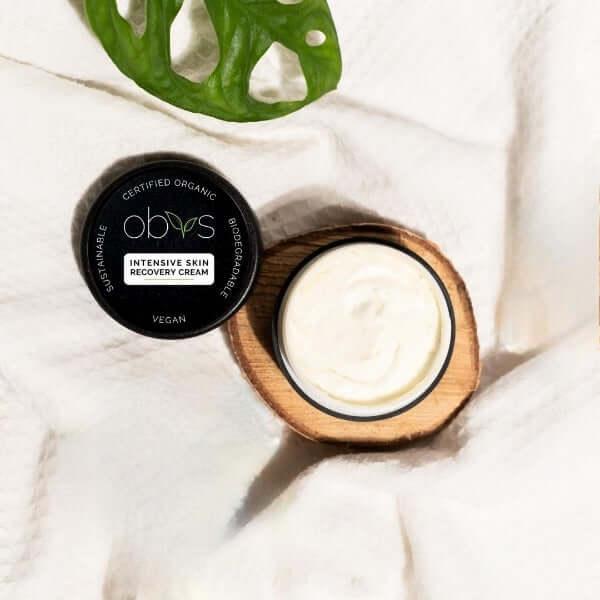



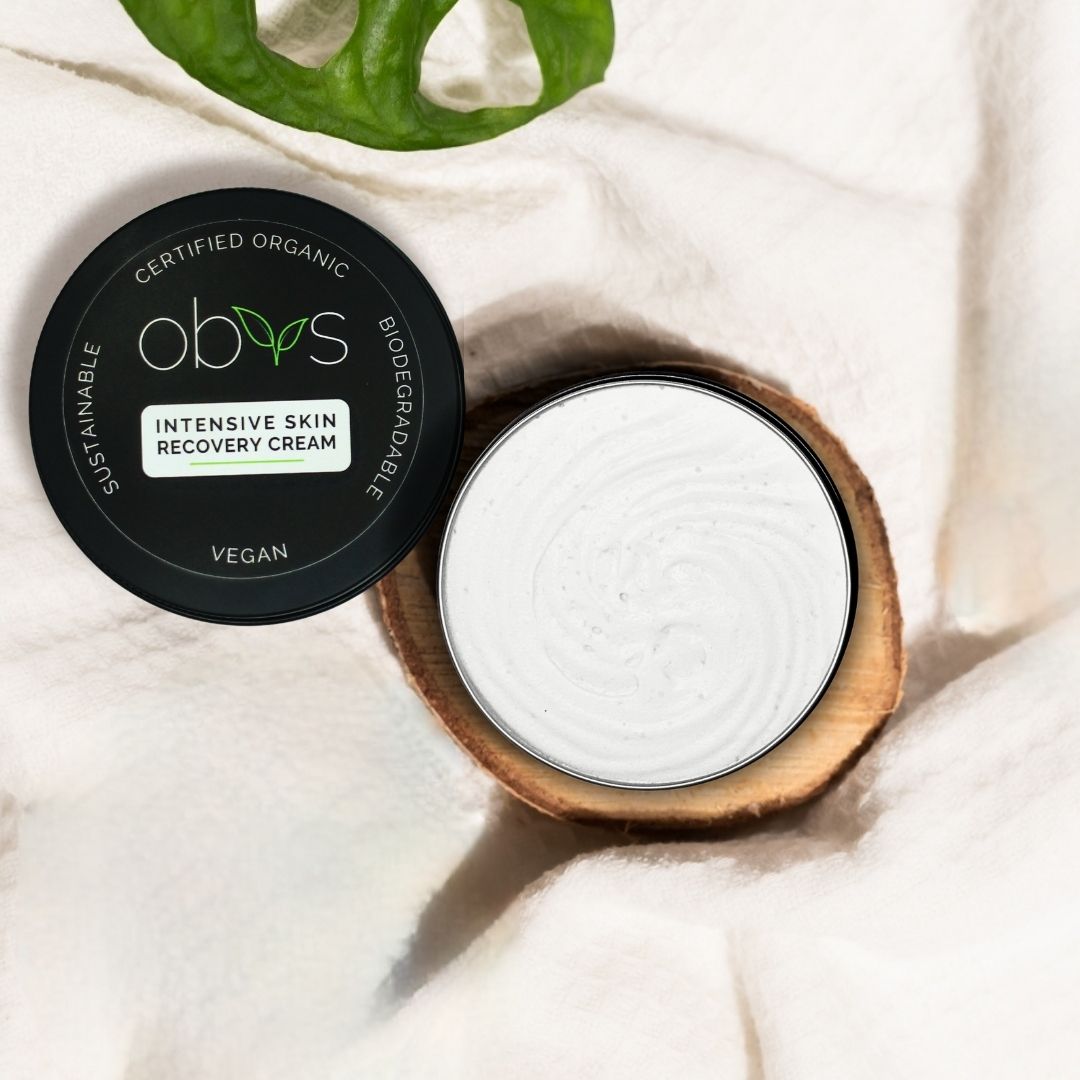
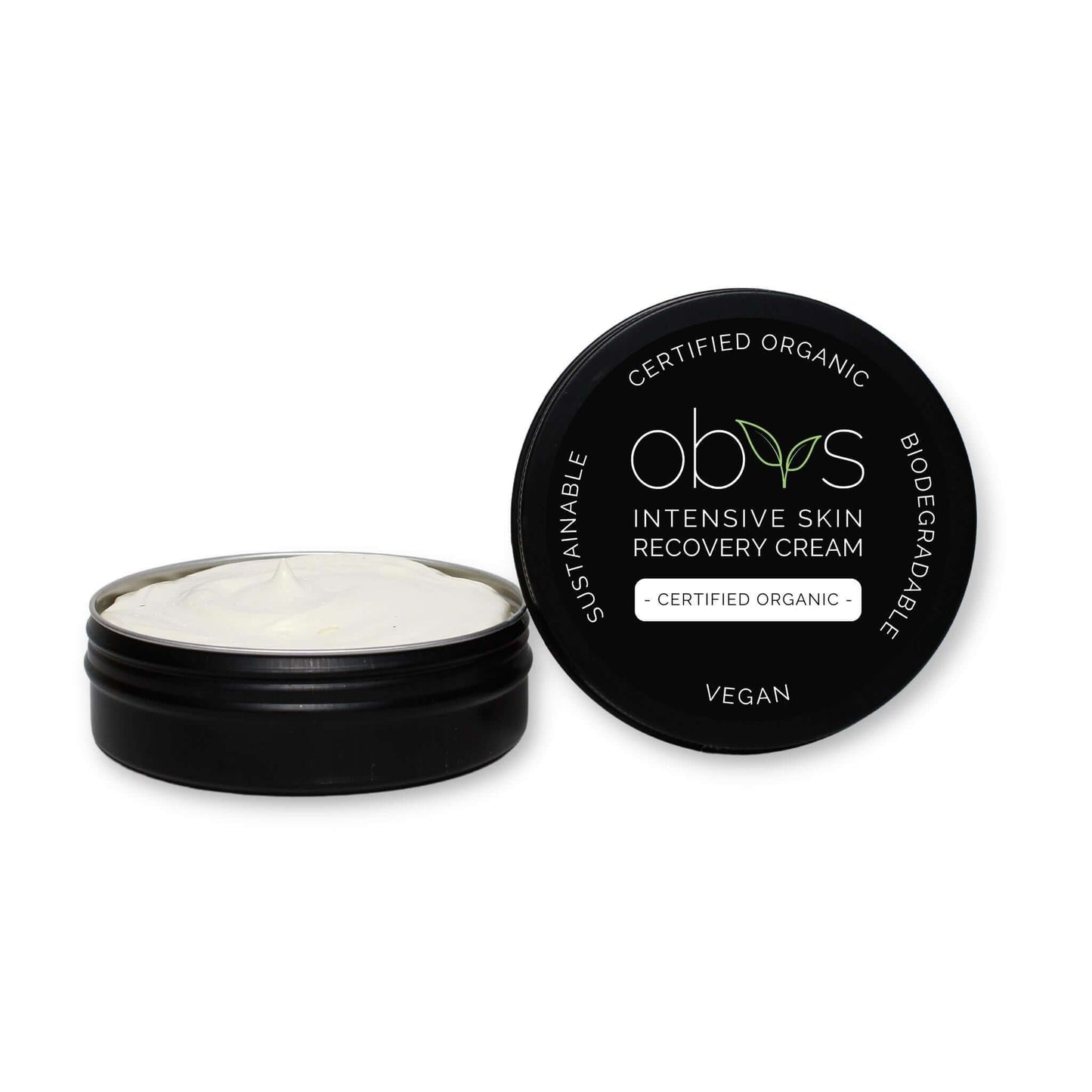
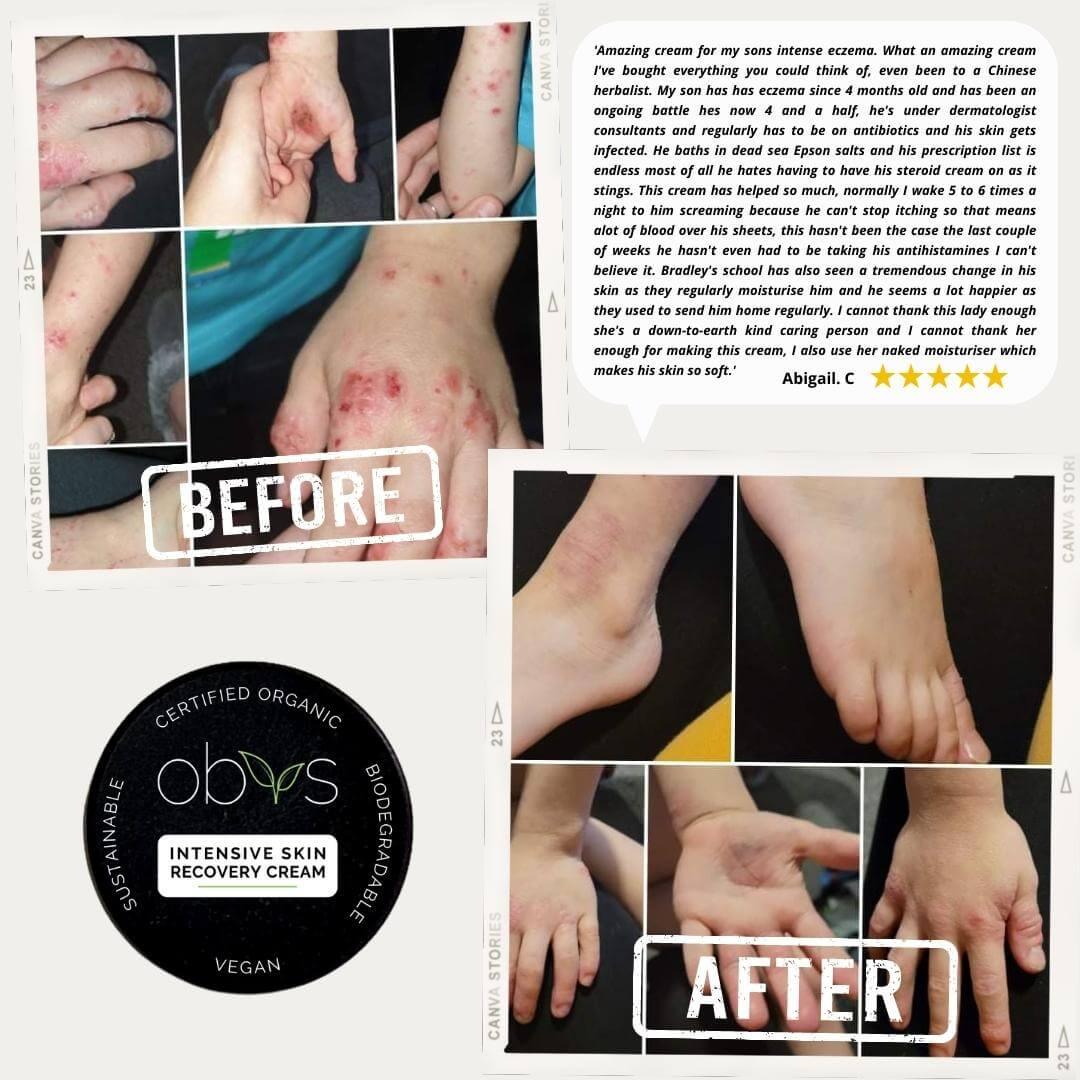

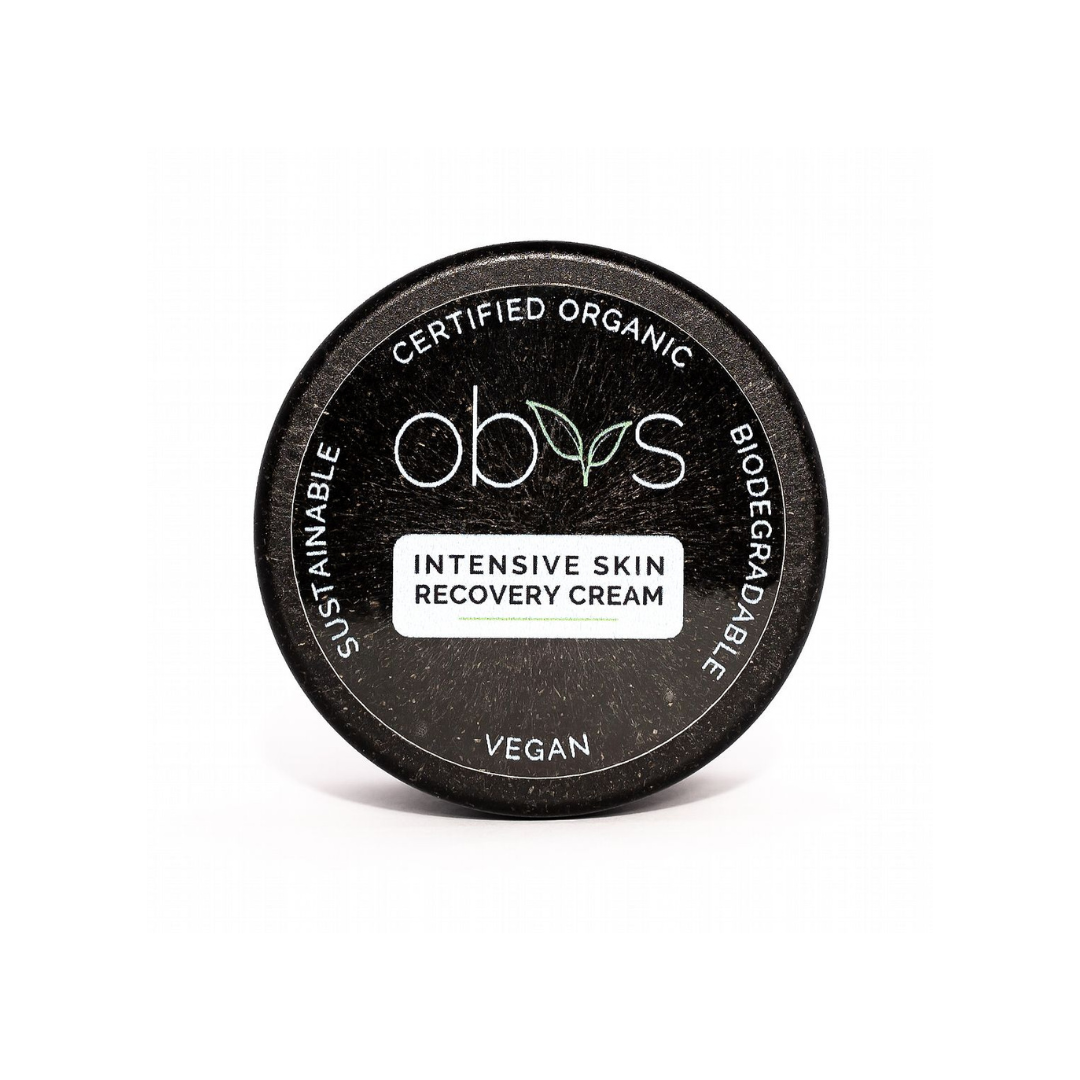
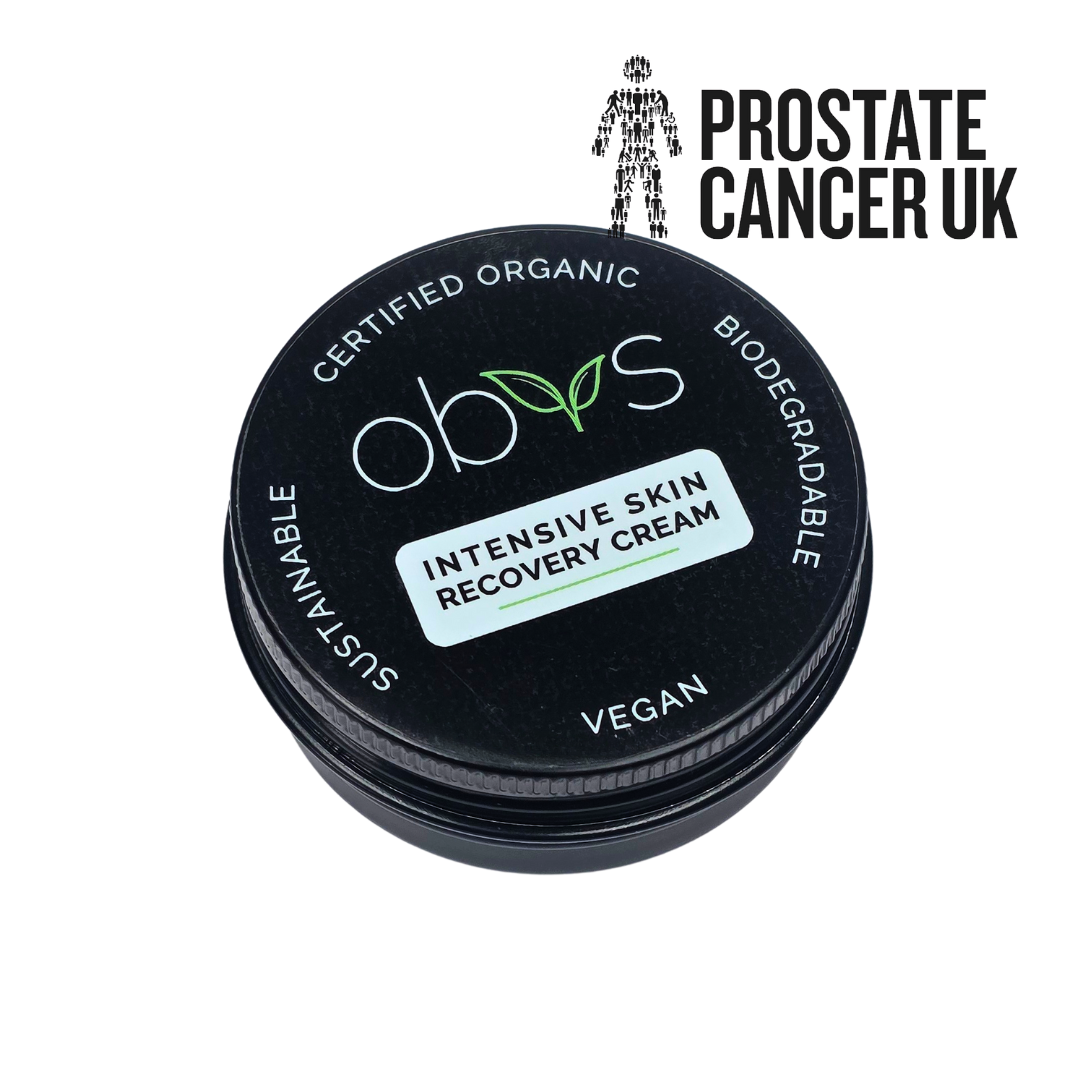
1 comment
Very interesting and a relief to know that Obvs has done all the hard work in researching,sourcing so we don’t have to and more importantly we can rest assured that Obvs beautiful Rosehip oil is the Best of the Best 🧡